As businesses navigate the “new normal” created by COVID-19, it’s no surprise there have been drastic changes in the work landscape. But there are undeniable benefits to these changes, for both employees and employers.
Many offices quickly moved workers home to mitigate the spread of the virus. While some workers are back in the office again, many companies have decided to maintain an at-home workforce indefinitely. This shift has brought new challenges to the forefront and created a need for a useful toolkit to manage remote workers.
A toolkit can guide you in addressing any issues with workflows, employee performance, and team cohesion. Regardless of a manager’s experience, the success of the team depends on the tools they have available to help them work effectively. Since in-person communication is limited, it’s essential that managers, team leads, and coworkers have accessible solutions to stay connected.
A management toolkit for remote workers
A useful management toolkit includes a combination of tools and systems that support both managers and employees. Not only do managers need a way to review and support their teams, but employees working at home need access to resources and guidance.
The specific tools you need depend on the unique requirements of your organization. For example, a startup with 10 employees doesn’t need the same robust systems large corporations with hundreds or thousands of employees do.
It’s essential to consider your goals and objectives first. Then you can build the right toolkit for managing remote workers — and provide individual support and training to ensure managers and employees are using the tools.
The best way to develop a remote worker toolkit is by categorizing your needs, then finding tools to support those categories:
- Team communication. How do managers and employees communicate with other team members about projects and status updates? Your organization should have clear communication channels that can keep messages consolidated on the same platform. For example, you might have an instant messaging system, email, and a videoconferencing tool for everyone to use.
- Social interactions. To build a healthy company culture, employees also need ways to have nonwork-related conversations. Create opportunities where people can connect for “water cooler” talk. Basecamp and Slack are popular options that let you create channels for small talk.
- Task assignments. How do employees know what they should be working on throughout the day? Clearly assigning tasks helps increase productivity because people know their responsibilities at work. Jotform offers an employee task list template you can use for this purpose.
- Digital recognition. It’s impossible to give someone a high-five when they aren’t in the office. Make sure you incorporate opportunities to acknowledge outstanding performance, both for individuals and teams. For example, you could use forms for employees and teams to submit their accomplishments and tables to create a team tracking system that encourages a bit of friendly competition.
- Schedule management. With remote work, it’s easy for the lines between work life and home life to blur — and that means more distractions during the workday. Provide clear instructions about when each person’s shift begins and ends. Jotform’s employee schedule template is one way to communicate scheduling expectations with your team and easily track everyone’s shifts.
- Timecard submissions. You need a streamlined way to document work hours so your payroll and accounting team has the data they need. The employee timesheet template gives employees a place to record their hours using any device. And managers can review the information in a sheet that summarizes submitted information.
Managing expectations for remote workers
Since remote work tends to be less structured than in-office work, every company needs to set clear expectations for employees. Each person needs the right balance of autonomy and direction, so it’s important to set specific guidelines for time management, which tools or programs to use, and communication.
Provide each employee and manager a copy of these expectations and work-from-home policies. One of the most effective ways to do this is to store guidelines and toolkit resources in a digital hub.
For example, you might include
- Company and individual goals
- Work hours
- Available tools
- Preferred communication platforms
- Expected communication frequency
- Project and task assignments
- Daily or weekly meeting schedules
- Manager availability
When workers receive regular communication and support from managers, it helps them feel like they are a vital part of the team.
Using Jotform to manage workers
Jotform templates are a great resource to use when you’re building a toolkit for managing remote workers. Managers can collect a variety of job performance data through forms and quickly compile this data into easy-to-read reports.
You can customize all of the pre-made templates to the unique needs of your workforce. Check out these other human resources form templates to find additional tools and solutions for your company.






























































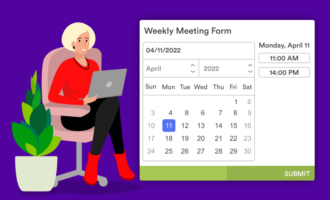





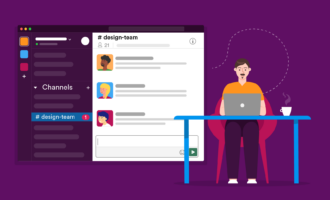










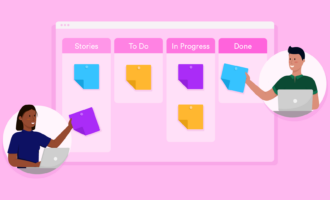








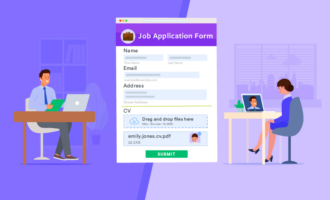










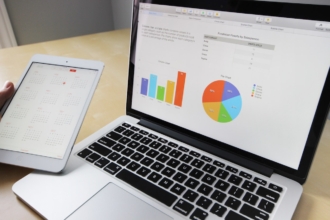
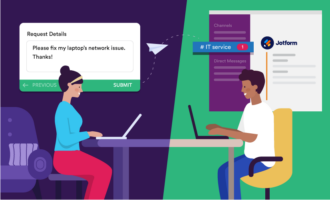






Send Comment: